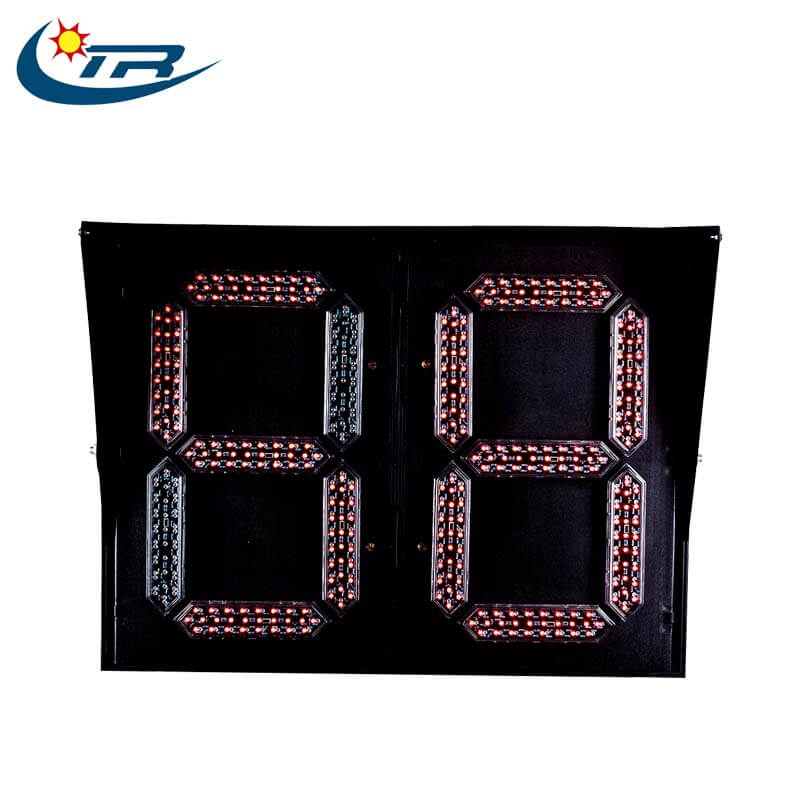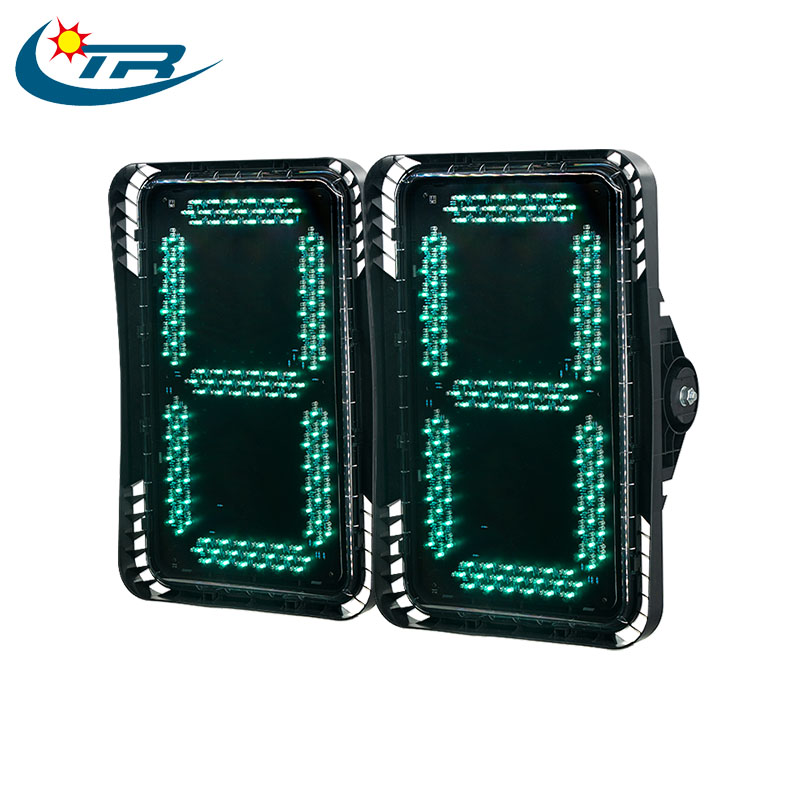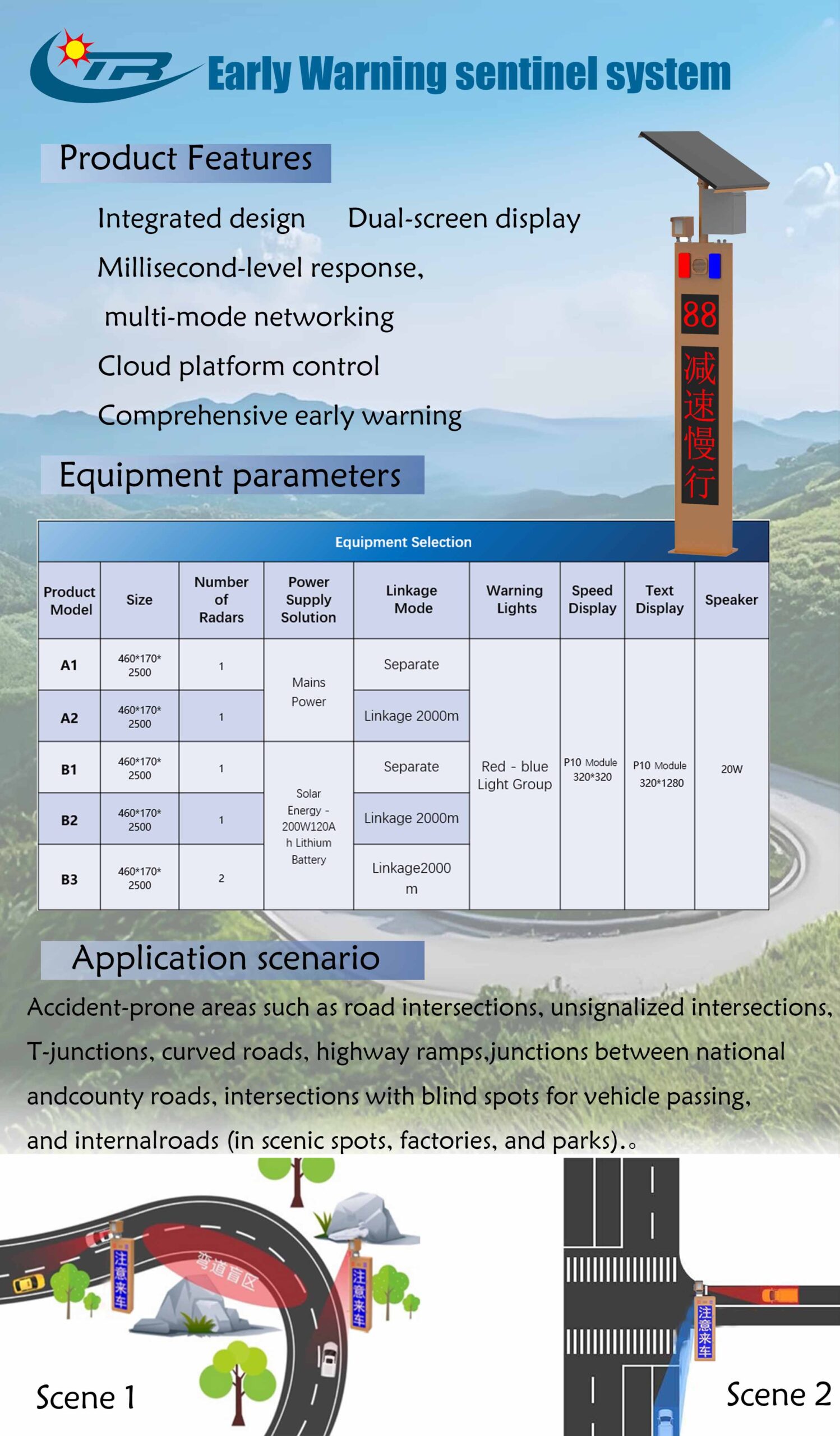How do they decide on whether to install a traffic light or stop signal?
Deciding whether to install a traffic light or a stop sign involves a detailed assessment of various factors related to traffic flow, safety, and road use. Here’s a breakdown of the key considerations and criteria used:
1. Traffic Volume
Traffic Light: Generally installed at intersections where there is a high volume of traffic, often with significant traffic from multiple directions.
Stop Sign: Typically used at intersections with lower traffic volumes or where one direction of traffic has a much higher volume than the other.
2. Traffic Flow
Traffic Light: Suitable for intersections with complex traffic patterns, including high pedestrian activity or frequent turning movements, where the control of traffic flow is necessary.
Stop Sign: Ideal for less complex intersections where stopping one or more approaches periodically is sufficient to maintain safety and efficiency.
3. Safety Considerations
Traffic Light: Considered when there is a history of accidents that might be reduced by controlling the intersection more precisely, especially right-angle collisions.
Stop Sign: Implemented in areas where sight distance is good, and where stopping traffic will not unduly disrupt flow or create new hazards.
4. Delay and Efficiency
Traffic Light: Used where stop signs would cause excessive delay and inefficiency, particularly on major roads or at intersections with high cross-traffic.
Stop Sign: More appropriate where the delays caused by a traffic light would be disproportionate to the benefits, usually at less busy intersections.
5. Pedestrian and Cyclist Considerations
Traffic Light: Often installed in areas with significant pedestrian or cyclist traffic to provide safe crossing opportunities and to integrate their movement into the overall traffic flow.
Stop Sign: Used in lower traffic areas where pedestrians and cyclists can safely cross during gaps in vehicle traffic.
6. Intersection Geometry
Traffic Light: Preferred at intersections with complicated geometries (e.g., multiple lanes, odd angles) that require more precise traffic control.
Stop Sign: Typically used at simpler intersections where traffic control needs are straightforward.
7. Local Policies and Guidelines
Traffic Light: local or national traffic management policies influence the decisions, including standards set by organizations such as the Federal Highway Administration (FHWA) in the U.S.
Stop Sign: Similar policies and guidelines apply, with considerations for consistency and predictability in traffic control.
8. Cost and Maintenance
Traffic Light: More expensive to install and maintain due to the need for electrical infrastructure and regular upkeep.
Stop Sign: Less expensive to install and maintain, making them more practical for less critical intersections.
9. Public Input and Community Impact
Traffic Light: Consider Community input, especially if the installation of a traffic light impacts local businesses, residents, or traffic patterns significantly.
Stop Sign: Public feedback can also influence the decision, particularly in residential areas where stop signs might mean to control speeding.
Process of Decision-Making
1.Traffic Study: traffic patterns, volumes, accident history, and other relevant factors.
2.Engineering Judgment: Traffic engineers use established criteria, such as those in the Manual on Uniform Traffic Control Devices (MUTCD), to assess the need for traffic control devices.
3.Consultation: We should consider the public consultation and input from local authorities.
4.Implementation: Based on the findings and recommendations, we should installed the appropriate traffic control device.
Additional Considerations
Warrants: Specific criteria or “warrants” (such as those in the MUTCD) often met to justify the installation of a traffic light or stop sign.
Trial and Adjustment: Sometimes, temporary measures or adjustments can test the effectiveness of a new traffic control device before permanent installation.







